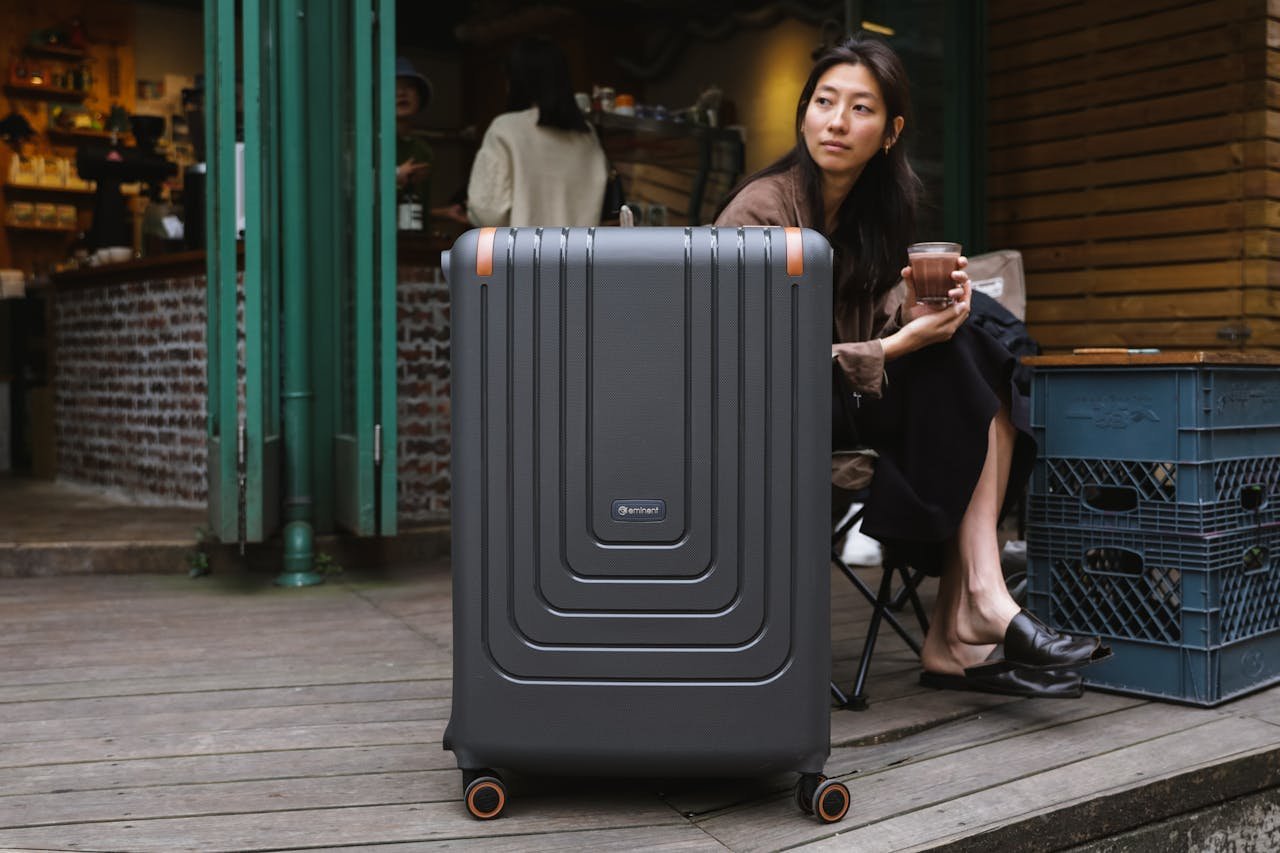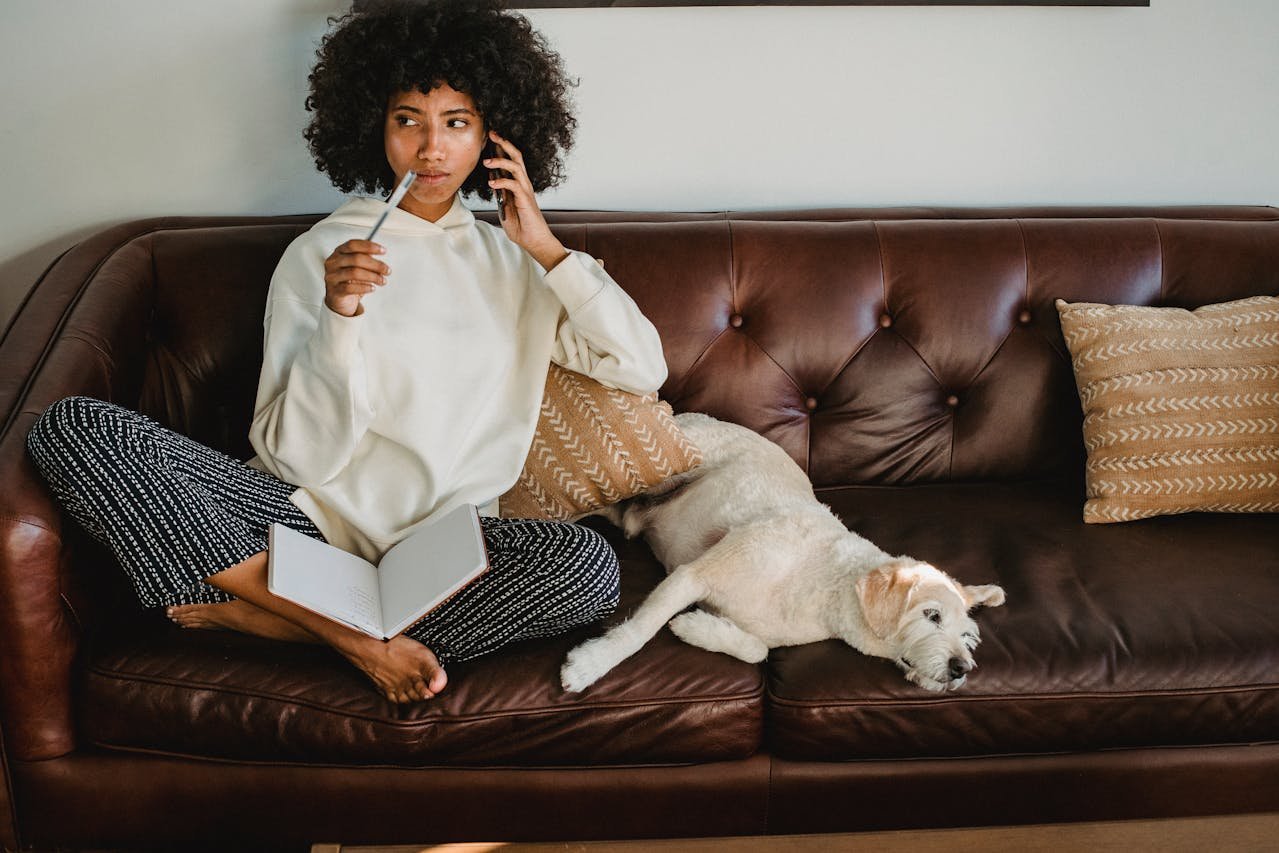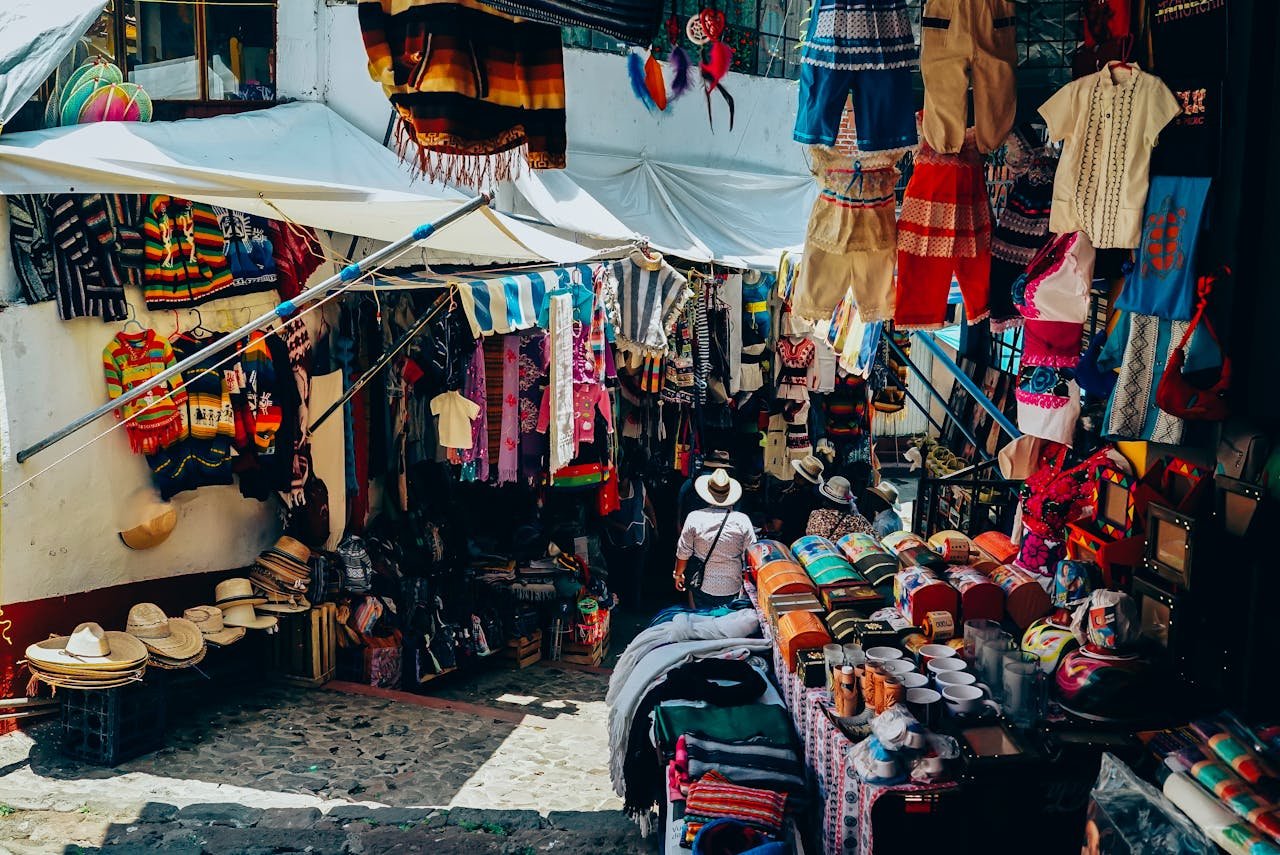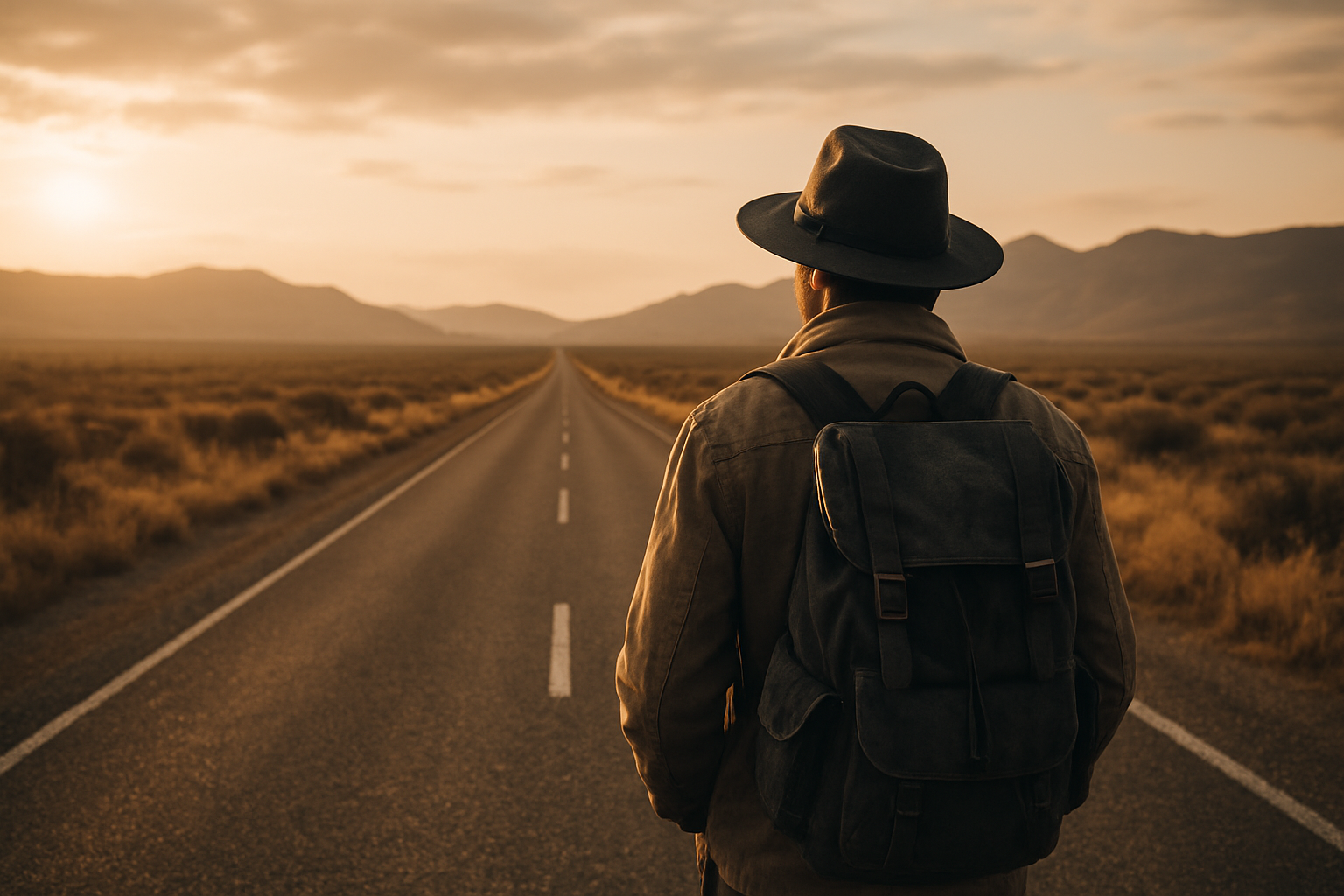
I’ll be honest with you—there’s a moment that hits every solo traveler. You’re sitting in some gorgeous piazza in Rome, gelato melting faster than your enthusiasm, watching couples share pasta like they’re in a rom-com. Meanwhile, you’re having a full conversation with your phone’s camera because, well, someone needs to appreciate your witty observations about Italian pigeons being surprisingly aggressive.
That moment? It’s loneliness, and it’s completely normal.
Solo travel loneliness isn’t talked about enough in those glossy Instagram feeds or travel blogs that make everything look effortlessly magical. The truth is, traveling alone can sometimes feel like being the only person without a dance partner at life’s biggest party. But here’s what I’ve learned after years of wandering the world solo: loneliness doesn’t have to define your journey—it can actually become one of your greatest teachers.
Why Solo Travel Loneliness Hits Different
Before we dive into solutions, let’s acknowledge something: solo travel loneliness isn’t the same as being lonely at home. At home, loneliness often stems from routine or familiar surroundings that amplify isolation. When you’re traveling alone, it’s more complex—you’re simultaneously surrounded by new experiences and completely disconnected from your usual support systems.

I remember my first solo trip to Thailand. There I was, standing in the middle of a floating market in Bangkok, surrounded by hundreds of people, vibrant colors, and incredible smells—and I felt profoundly alone. It wasn’t depression or homesickness; it was the strange sensation of experiencing something amazing with no one to share it with immediately.
This type of loneliness often peaks during:
- Meal times (especially dinner)
- Spectacular sunset moments
- When something goes wrong and you need support
- During downtime in your accommodation
- Cultural experiences that beg for shared reactions
The Mindset Shift: From Lonely to Liberated
Here’s perhaps the most important thing I’ve learned: reframing loneliness as solitude changes everything. Loneliness is feeling isolated and disconnected. Solitude is choosing to be alone and finding peace in it. The difference is primarily mental, but the impact is enormous.
Embrace the JOMO (Joy of Missing Out)
While everyone else is talking about FOMO, solo travelers get to experience something equally powerful—JOMO. You’re missing out on group dynamics, sure, but you’re also missing out on:
- Compromise on itineraries
- Waiting for others to decide where to eat
- Navigating group politics and different travel styles
- Splitting attention between people and experiences
Practical Strategies to Combat Solo Travel Loneliness
1. Master the Art of Strategic Socializing
Not all social interaction needs to be deep or lasting. Sometimes, a five-minute chat with a barista or asking a fellow traveler for photo help can reset your social battery.
The Coffee Shop Method: Find a local cafe with communal seating or outdoor tables. Bring a book or journal, but keep yourself open to conversation. I’ve had some of my best travel conversations start with someone commenting on what I was reading.
Walking Food Tours: These are goldmines for solo travelers. You’re grouped with other people, there’s built-in conversation starters (the food!), and you learn about the destination. GetYourGuide and Viator offer excellent options worldwide.
2. Create Rituals That Ground You
Loneliness often intensifies when we feel untethered. Creating small, personal rituals can provide comfort and continuity.
My evening ritual became sacred: find a spot to watch the sunset, write three things I experienced that day, and plan one thing I’m excited about for tomorrow. It sounds simple, but it transformed those vulnerable evening hours from lonely to reflective.
Morning Pages: Julia Cameron’s practice of writing three pages of stream-of-consciousness thoughts each morning becomes even more powerful when traveling solo. It’s like having a conversation with yourself before the day begins.
3. Use Technology Mindfully
I know, I know—everyone says put the phone away when traveling. But used strategically, technology can be your loneliness lifeline.
Video calls with friends back home: Schedule these during your low-energy times, not during peak exploration hours. A 15-minute FaceTime call during your afternoon coffee can bridge the connection gap without dominating your experience.

Travel apps for meeting people: Meetup works in most major cities, while apps like Tourlina are specifically designed for solo female travelers to connect.
Document your journey: Create a travel blog, Instagram story series, or even voice memos to friends. When you’re actively sharing your experience, it feels less isolated.
4. Stay in Social Accommodations Strategically
This doesn’t necessarily mean hostels (though they work great for some people). Look for:
Boutique hostels with common areas: Places like Generator Hostels across Europe offer private rooms with social spaces.
Guesthouses with breakfast included: Breakfast time is naturally social without being forced.
Cooking-friendly accommodations: Airbnb places with kitchens let you shop at local markets and potentially cook with other guests.
5. Join Group Activities Without Committing to Group Travel
Day tours: Perfect for temporary companionship without ongoing obligation.
Classes and workshops: Cooking classes, language exchanges, or craft workshops. Cozymeal offers cooking classes worldwide.
Volunteer opportunities: Workaway and WWOOF offer short-term volunteer opportunities that provide instant community.
The Cultural Immersion Approach
Sometimes the antidote to loneliness isn’t finding other travelers—it’s connecting more deeply with local culture.
Learn Basic Local Phrases
I’m not talking about becoming fluent, but learning “How are you?” “Thank you,” and “Where is…?” in the local language opens doors. People appreciate the effort, and these small interactions accumulate into a sense of connection.
Language learning apps that help: Duolingo for basics, HelloTalk for chatting with native speakers.
Shop at Local Markets
Markets are naturally social environments. Vendors often enjoy chatting, especially during slower periods. Plus, you’re supporting local economy and getting authentic food experiences.

Use Public Transportation
I know Uber is convenient, but buses, trains, and trams provide windows into daily local life. You’ll feel more connected to the destination’s rhythm.
Dealing with Difficult Moments
Let’s be real—sometimes loneliness hits hard despite all your strategies. Here’s what to do when the blues strike:
The “One Thing” Rule
When loneliness feels overwhelming, commit to just one small thing: walk to a nearby cafe, buy a postcard, take a photo of something beautiful. Often, that one action creates momentum that shifts your entire mood.
Accept the Feeling
Fighting loneliness often makes it worse. Sometimes you need to sit with the feeling, acknowledge it, and remind yourself that it’s temporary. I’ve had some of my most profound self-discoveries during lonely moments while traveling.
Have an Emergency Social Plan
Before you travel, identify backup social options for each destination:
- A 24-hour cafe or bar where you can be around people
- Online communities specific to your destination
- A comfort activity (movie theater, bookstore, museum) where being alone feels normal
Transforming Loneliness into Self-Discovery
Here’s something I wish someone had told me earlier: solo travel loneliness often precedes breakthrough moments of self-understanding. When you’re stripped of your usual social roles and comfort systems, you discover who you are without them.
I had my biggest “aha” moment sitting alone in a small taverna in Santorini, feeling sorry for myself for eating dinner solo for the third night running. Then I realized I was eating incredible food, watching one of the world’s most beautiful sunsets, and had complete freedom to stay or leave whenever I wanted. The loneliness didn’t disappear, but it transformed into something closer to gratitude.
Making Peace with Being Your Own Company
The ultimate goal isn’t to eliminate loneliness entirely—it’s to become comfortable with yourself as a travel companion. This means:
- Developing internal conversations and observations
- Finding joy in small, personal discoveries
- Learning to appreciate experiences without immediate external validation
- Becoming your own source of entertainment and comfort
Building Lasting Connections Even When Traveling Solo
While solo travel means journeying alone, it doesn’t mean your connections have to be superficial. Some tips for building meaningful relationships:
Quality Over Quantity
Instead of trying to meet lots of people, focus on having genuine conversations with a few. Ask open-ended questions about people’s stories, not just their destinations.
Follow Up
If you connect with someone, actually follow up. Exchange real contact information, not just Instagram handles. Some of my closest friendships started with brief encounters during solo trips.
Create Space for Others’ Stories
Be genuinely curious about other people’s experiences. Solo travelers often have interesting stories, and locals have insights you won’t find in guidebooks.
Advanced Loneliness-Busting Techniques
The Photo Project Method
Give yourself a photography project for each destination. It could be “doors of Lisbon” or “street cats of Istanbul.” Having a mission makes you more observant and gives you natural conversation starters with locals.
The Regular Spot Strategy
Find one cafe, bar, or restaurant and become a regular during your stay. Staff and other regulars will start recognizing you, creating a sense of belonging even in a foreign place.
The Expert Approach
Become an expert in one aspect of your destination—maybe the coffee culture, street art, or local music scene. Deep knowledge creates confidence and gives you interesting things to discuss with others.
When to Seek Professional Support
Solo travel loneliness is normal, but if feelings of isolation persist long after returning home or significantly impact your mental health, consider speaking with a therapist. Many offer online sessions, making support accessible even while traveling.
The Bottom Line: Loneliness as a Travel Skill
Learning to manage loneliness while solo traveling is actually a valuable life skill. It teaches resilience, self-reliance, and the ability to find joy in your own company. These skills serve you well beyond travel—in new cities, career changes, or any life transition where you need to build connections from scratch.
The goal isn’t to never feel lonely while traveling solo. The goal is to feel lonely sometimes and be okay with it, knowing you have strategies to reconnect when you need to and the confidence to enjoy your own company when that’s what the moment calls for.
Solo travel will teach you that you’re much more interesting, capable, and resilient than you might have believed. The loneliness? It’s just part of the curriculum.
Remember: everyone feels lonely sometimes, even when surrounded by people. Solo travelers just have the courage to face that feeling head-on while exploring the world. That takes a special kind of bravery—and you’ve got it.
Frequently Asked Questions
How do I deal with eating alone while traveling?
Answer: Start with breakfast and lunch, which feel more natural solo. For dinner, choose counter seating at restaurants, bring a book or journal, or pick places with good people-watching opportunities. Many cities have communal dining experiences or cooking classes where solo diners are common.
Is it safe to travel alone and meet new people?
Answer: Trust your instincts and meet people in public places first. Tell someone your plans, share locations with trusted contacts back home, and start with group activities before one-on-one meetings. Most travelers and locals are genuinely friendly, but basic safety precautions are always wise.
What if I’m naturally introverted and find it hard to meet people?
Answer: Focus on low-pressure interactions like asking for directions or recommendations. Join structured activities where conversation happens naturally. Remember, you don’t need to become extroverted—many successful solo travelers are introverts who learned to step slightly outside their comfort zones.
How can I make friends while solo traveling?
Answer: Stay in social accommodations, join day tours or classes, use apps like Meetup or travel-specific social apps, and be open to conversations with fellow travelers. Shared experiences create natural bonding opportunities.
What should I do when I feel overwhelmed by loneliness?
Answer: Have a backup plan: know where nearby cafes or public spaces are, keep emergency contacts accessible, practice self-care routines, and remember that feelings are temporary. Sometimes calling home or taking a break from sightseeing helps reset your emotional state.
How do I travel alone without feeling unsafe?
Answer: Research your destination thoroughly, share your itinerary with trusted contacts, stay in well-reviewed accommodations, trust your instincts about people and situations, and know local emergency numbers. Most destinations are very safe for solo travelers with basic precautions.
Should I tell people I’m traveling alone?
Answer: Use discretion based on the situation and location. In safe environments, being honest can lead to helpful recommendations and connections. In uncertain situations, you might mention you’re meeting friends later or keep travel companions ambiguous.
How do I handle loneliness during holidays or special occasions while traveling?
Answer: Plan ahead for these potentially emotional times. Research local celebrations you can join, schedule video calls with loved ones, treat yourself to special experiences, or connect with other travelers who might be feeling similar emotions.
What’s the difference between being alone and being lonely while traveling?
Answer: Being alone is a physical state; being lonely is an emotional state. You can feel lonely in crowds and content while alone. Solo travel teaches you to appreciate solitude and develop internal resources for happiness and entertainment.
How do I overcome the fear of eating alone in restaurants?
Answer: Start with casual places like cafes or counter-service restaurants. Bring something to read or write in, choose restaurants with good ambiance where solo dining is common, and remember that most people are focused on their own meals, not judging solo diners.
Recommended Solo Travel Resources
Accommodation Platforms:
- Hostelworld – Best for social hostels worldwide
- Airbnb – Great for local experiences and kitchen access
- Generator Hostels – Premium hostels with excellent social spaces
- Selina – Co-living spaces perfect for digital nomads
Activity and Tour Booking:
- GetYourGuide – Wide variety of day tours and experiences
- Viator – TripAdvisor’s tour platform with verified reviews
- Cozymeal – Cooking classes and food experiences
- Context Travel – Small-group walking tours with experts
Meeting People and Social Apps:
- Meetup – Local interest groups and activities
- Tourlina – Social app for female solo travelers
- HelloTalk – Language exchange with locals
- Bumble BFF – Make platonic friends while traveling
Volunteer and Work Exchange:
- Workaway – Short-term volunteer opportunities
- WWOOF – Organic farm volunteering worldwide
- Worldpackers – Travel and volunteer platform
Transportation and Logistics:
- Rome2Rio – Multi-modal transport search
- Citymapper – Public transport apps for major cities
- Google Translate – Essential for basic communication
Safety and Communication:
- TripIt – Itinerary organization and sharing
- bSafe – Personal safety app with location sharing
- What3Words – Precise location sharing system





